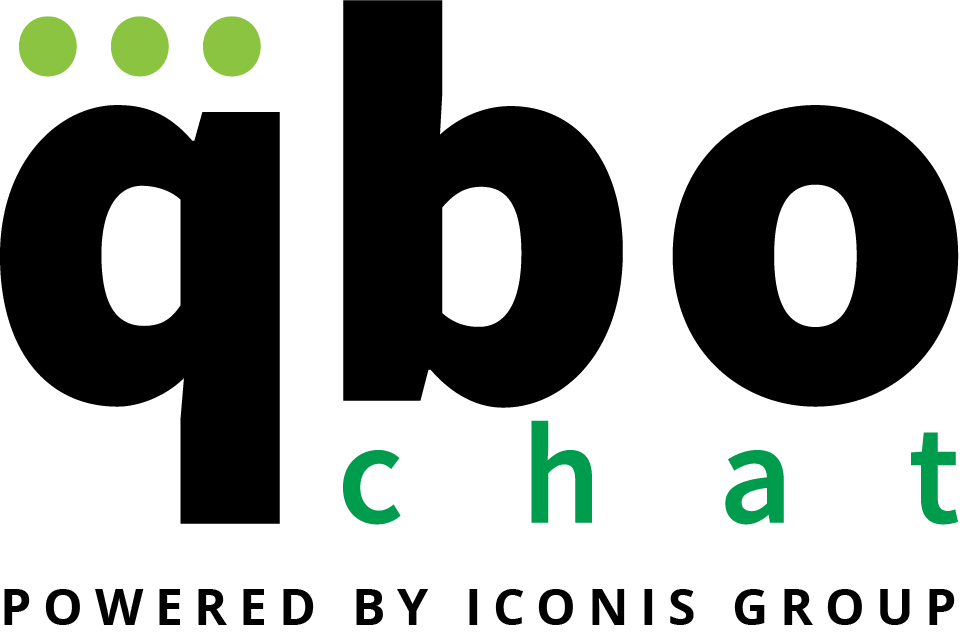Episode 7 – Tips For Your First Advisory Style Meeting
Tips For Your First Advisory Style Meeting
“Advisory” is the cool buzz word going around the accounting industry right now, but not many people actually explain what those services are or how to deliver them. In this episode, I do a deep dive into what the first advisory style meeting can look like. What should you be doing? What questions do you ask? Do you give advice right there on the spot?
Show Notes
As I mentioned in the episode, I was inspired to talk about your first advisory meeting after watching this training on CPA Academy. I know I messed up the names, so I want to make sure I give all the credit to these wonderful people. The speakers were Hailey Casper (from Chata.ai), Richard Roppa-Roberts (from Quasar Cowboy Consulting), and Madeline Pratt (from Fearless in Training). It was a great webinar, so if you have the time, I would definitely recommend it – INSIGHTS TO INTELLIGENCE: HOW TO BECOME A DATA DRIVEN ADVISOR
Now, on to what to do during your first advisory meeting with a client…
1. Listen
The whole point of the meeting is to do some fact-finding. This is the point where you use your ears and not your mouth. Really listen to what you client has to say.
2. Ask open-ended questions
You want to get your client to open up and tell you everything that is going on. This is why open-ended questions are great. Dig deep on the topics. Ask clarifying questions – like why, how, what. Repeat back to your client what they are saying in your own words so that you can verify you understand. And, if you don’t understand, don’t be afraid to say that! Here are some examples of open-ended questions you can use:
- What are you biggest pain points right now?
- What are your goals for the business?
- Where do you see your business in 1 year? 5 years? 10 years?
- What is keeping you up at night?
- What aspects of your business are you avoiding but know you need to better understand?
- What is your gut telling you about your issues/problems right now?
3. Take notes
- This will help you later when analyzing the data
- This will be your baseline or your starting point with a client
- You also want to make sure you are noting what those goals are – you need the starting and ending points
4. Give advice if you have any at that point
- Be OK if they don’t take it – you are still starting out on this journey
- Share real-world examples
- It’s OK if you don’t have any advice at the moment
- Tell them that they’ve given you some great information and you are going to dive into the numbers and see how we can use them to help them
- Big one here – Give them a time frame as to when you’ll get back with them or what the next steps are
5. Look at the numbers afterward
- Start playing around with the numbers and reporting to see what is going on
- Run reports in QBO
- Export data into Excel and run pivot tables or calculations
- Be inquisitive about the numbers
- Maybe use an app to help you with your analysis
Subscribe or listen on your favorite platforms
Thank You to Our Sponsors
- Viral Sponsor
- Trending Sponsors

